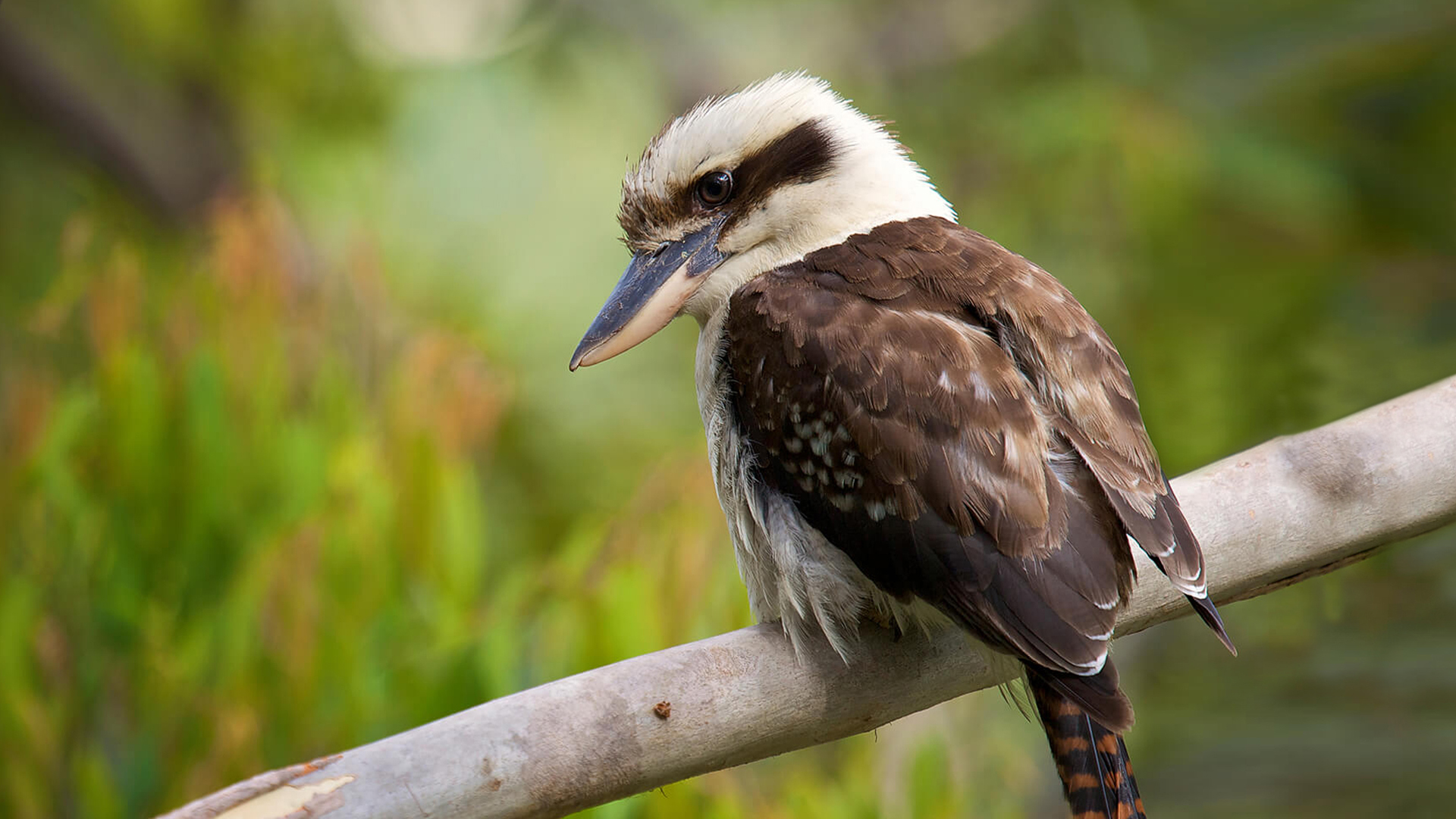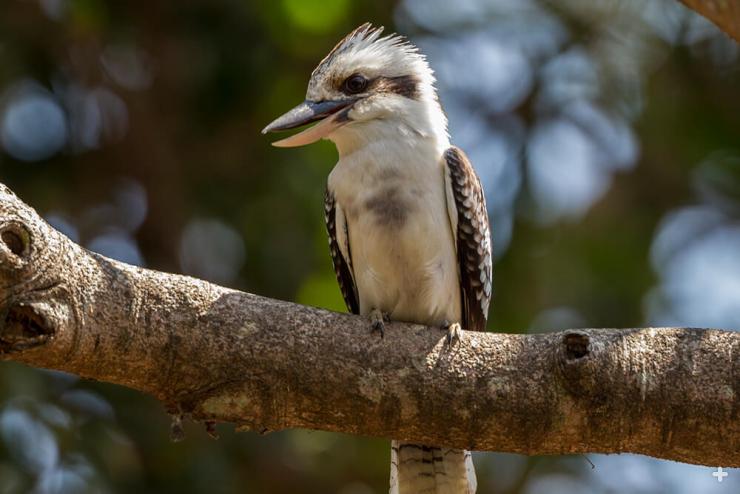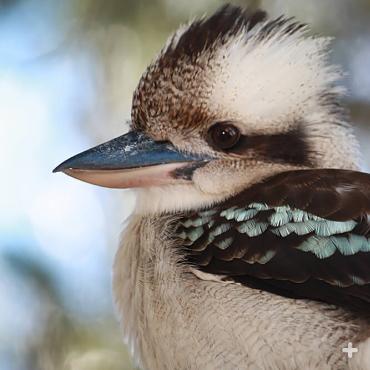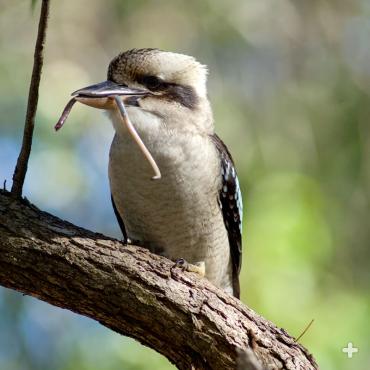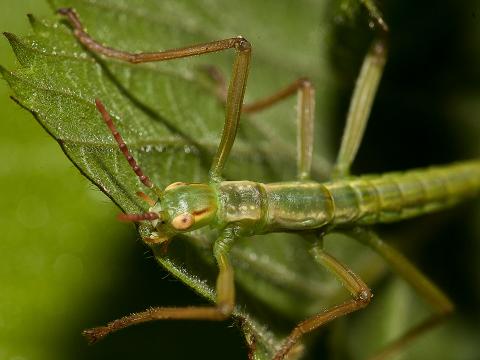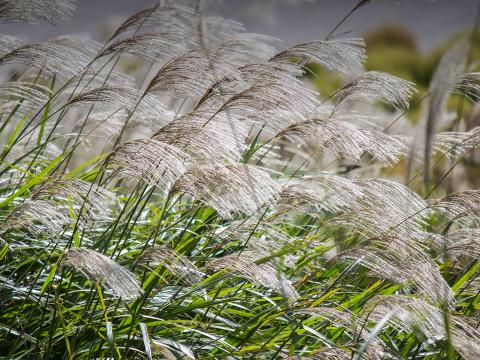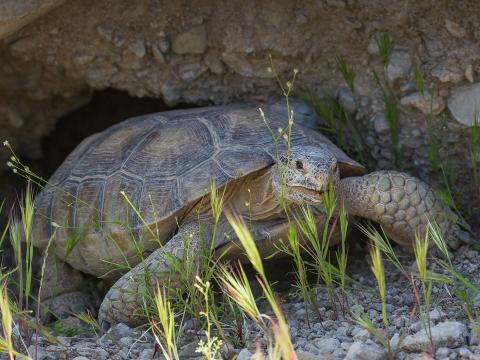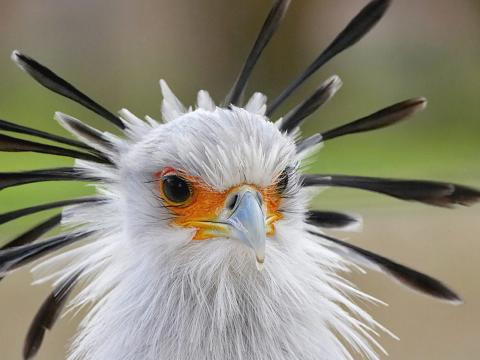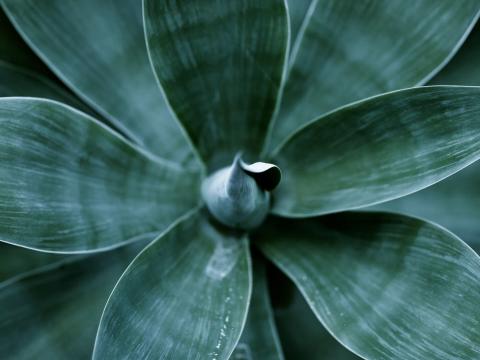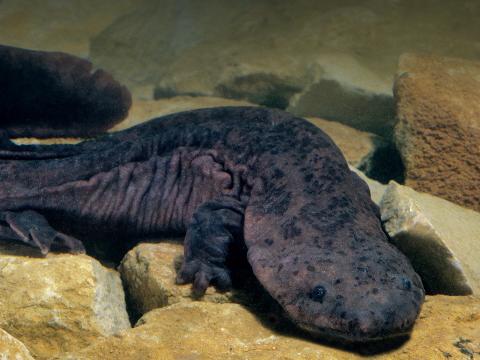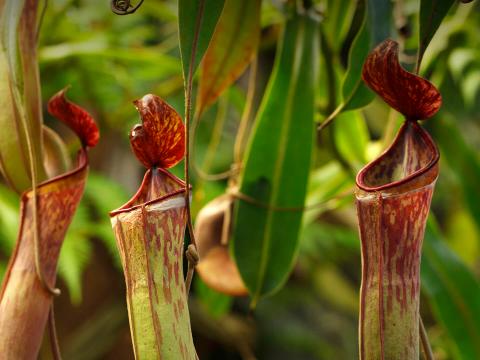Laughing Kookaburra
- CLASS: Aves (Birds)
- ORDER: Coraciiformes
- FAMILY: Alcendinidae
- GENUS: Dacelo
- SPECIES: novaeguineae
ABOUT
Plain bird, fancy voice: The laughing kookaburra is the largest member of the kingfisher family and was once called the giant kingfisher. Most kingfishers are brightly colored—often blue or green—and many of them specialize in diving into streams and ponds to catch fish. The laughing kookaburra, however, is plainly colored and rarely eats fish! It has a light beige or white head and breast with brown wings and back. The head has a brown stripe like a mask crossing each eye. The beak is heavy and boat-shaped. The kookaburra’s breast has pale gray, wavy lines, and the outsides of the wings are speckled with pale blue dots. The male laughing kookaburra often has blue above the base of the tail. Both sexes have a rusty red tail with black bars and white tips. The female is slightly larger than the male.
The laughing kookaburra is one of four species of kookaburra; the other three are the blue-winged kookaburra, the spangled kookaburra, and the rufous-bellied kookaburra.
It may look fairly drab, but you won't think the laughing kookaburra is ordinary after it opens its beak! Known as the “bushman’s alarm clock” because it has a very loud call, a laughing kookaburra vocalizes in its family group at dawn and dusk. The call sounds like a variety of trills, chortles, belly laughs, and hoots. It starts and ends with a low chuckle and has a shrieking "laugh" in the middle. The song is a way the birds advertise their territory.
HABITAT AND DIET
Laughing kookaburras are native to woodlands and open forests in Australia, where they perch in large trees and nest in cavities of tree trunks and branches. They keep the same territory year-round, and family groups gather together to announce the boundaries with their distinctive calls. Laughing kookaburras also have different, shorter calls used for finding others, courtship, raising an alarm, showing aggression, and begging for food.
Even though they are kingfishers, laughing kookaburras eat more insects, reptiles, frogs, and rodents than fish. They are famous for eating snakes, killing a snake up to 3 feet (1 meter) long by grabbing it behind the head and smacking it on the ground. Snakes are sometimes dropped from midair onto the ground for tenderizing! The parent birds often give small snakes to their chicks so they can learn how to kill prey.
When hunting, a laughing kookaburra sits motionless on a perch and watches for prey to pass by. The bird can keep its head perfectly still while its body sways with the branch below. When prey is sighted, the kookaburra swoops down, lands next to it, and grabs it with its bill. It carries the food back to a perch and beats it several times against the branch to kill and soften the prey. The food is swallowed head first and whole.
Laughing kookaburras at the San Diego Zoo and the San Diego Zoo Safari Park are offered mealworms, king worms, crickets, meat, minnows, and small mice.
FAMILY LIFE
Adult kookaburras pair for life and use the same nest hole, found in a tree hole or arboreal termite nest, each year. A breeding pair establishes a year-round territory that is also used by four to five of its grown young, which serve as helpers. These helper do their share of incubating the eggs, keeping the chicks warm, feeding their young siblings, and defending their parents’ territory. All members of the group develop brood patches (a bare space on the breast with lots of blood vessels for warming the eggs).
Courtship starts by the male feeding the female about six weeks before she lays her eggs. The female lays two or three white eggs, often a day or two apart; in rare instances, the nest may also include two or three eggs laid by female helpers.
Laughing kookaburra chicks hatch out naked and with eyes sealed but have a very sharp hook at the end of the bill. The first chick in the nest to hatch may turn on its younger siblings, biting and often killing them, especially if food is scarce. The chicks are ready to fledge 33 to 39 days after they hatch. They still need the group for food for two months after fledging. At about four years of age, the helpers leave to establish their own territories.
They may be skilled hunters, but kookaburras still have to worry about becoming a meal. Danger can come from the sky in the form of large owls, eagles, hawks, and falcons. Chicks and any parent incubating an egg or brooding a chick in the nest are vulnerable to pythons, monitor lizards, and quolls. Other predators include foxes and domestic cats.
CONSERVATION
Australia is full of unique wildlife, but the laughing kookaburra must be one of the most well known. The bird prefers dry forests with streams but is also commonly found in backyards, parks, and gardens. Its population is stable, and it seems to thrive in the presence of humans: the birds are known to be bold and steal food from picnics, sometimes snatching hot meat straight from the barbecue!
The kookaburra’s natural range is eastern and southern Australia, but in 1897 it was introduced into the southwest corner of the continent and in 1905 into Tasmania as well. Several attempts were made to import kookaburras into New Zealand, and a population became established around the city of Auckland.
Australians are proud of their famous bird; Olly the Kookaburra was one of three mascots for the 2000 Olympic Games in Sydney, Australia.
By supporting San Diego Zoo Wildlife Alliance, you are our ally in saving and protecting wildlife worldwide.

